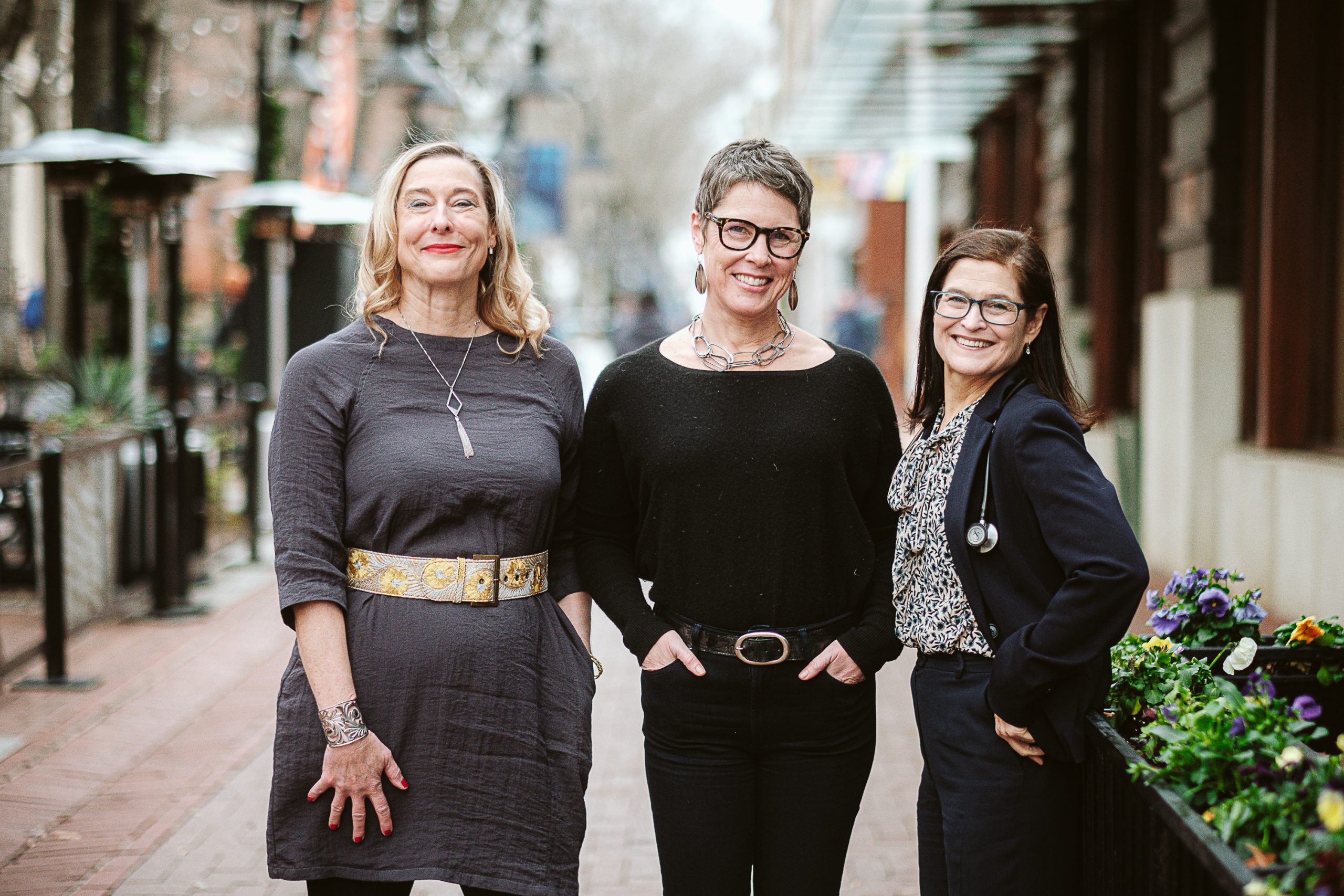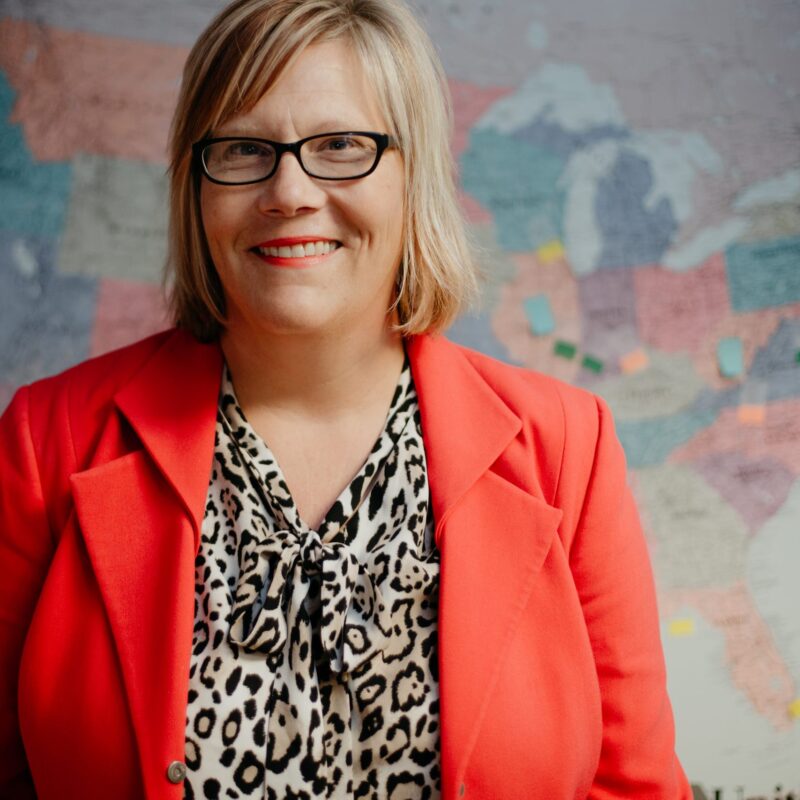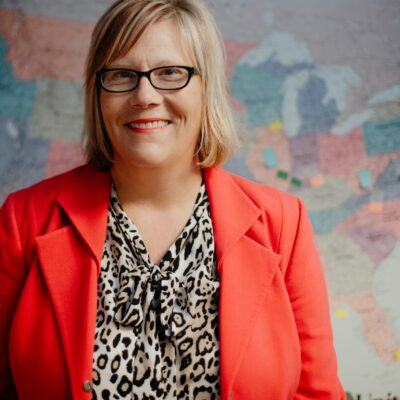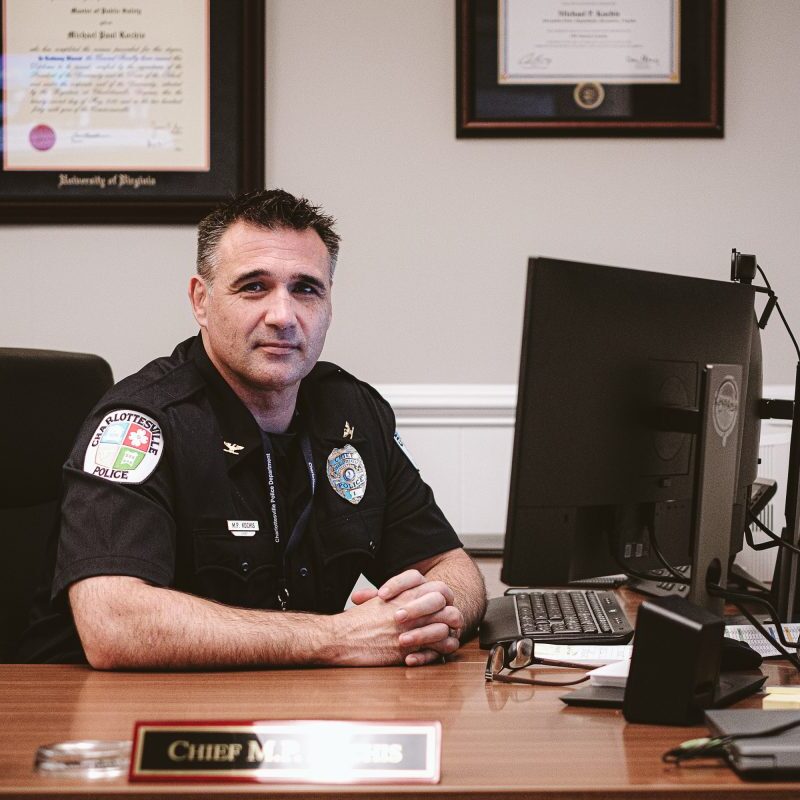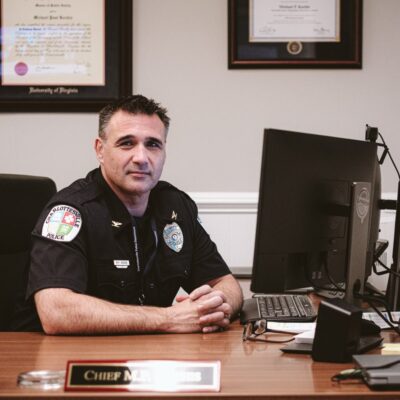By Laura Vogel
Imagine that finding a skilled primary-care doctor in Charlottesville was a snap, that the monthly cost of a dedicated physician was less than four yoga classes, appointments were never rushed, and your doctor was available to you 24/7.
To the doctors who practice it, Direct Primary Care is a return to health care as it should be, when you know your doc and they know you, allowing for personalized and optimal care. Sound too good to be true? It was, until the 1990s, when enterprising physicians across the country created DPC, which is sometimes called “concierge” medical care (though most of the women practitioners we spoke to eschewed the latter term), as opposed to fee-for-service (traditional insurance-based) medicine.
What claims to be the first concierge practice was opened in Seattle in 1996 by Dr. Howard Maron and Dr. I. Scott Hall, who called their practice MD2, pronounced “M.D. squared.” These concierge doctors—though they didn’t call themselves that—charged pricey annual retainers in the range of $13,200 to $20,000 per family. Since MD2 didn’t define itself as “concierge,” most credit the CooperativeMed of Florida with being the first to use the term: The Florida office opened its doors in 2002. It was different from today’s DPC practices, in that CooperativeMed didn’t have a patient base; it was formed exclusively as a concierge medical practice that provided care on-demand for a fee.
Today, the model is simple: Patients pay a retainer to have access to a doctor’s services whenever they need them. And those needs can encompass everything from medication management to stitching up minor wounds to major surgery. A flat monthly fee replaces a co-pay, because DPC docs don’t take insurance. (For the doctors in this story, rates range from $70 to $90 per month.)
“In the past three to five years, direct primary care has become a real movement, and is taking us in the right direction,” says Dr. Claire Veber, owner of Mount Pleasant Family Medicine in downtown Charlottesville. “For the physician, it offers a much better quality of life—traditional doctors are seeing a giant number of patients—20 to 30 a day. This stress makes patients feel rushed, doctors feel rushed, you could easily miss something important in an exam.”
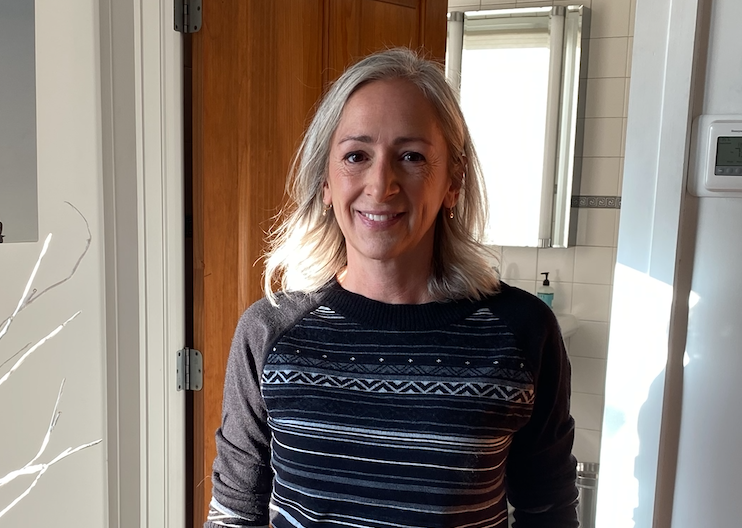
Courtney Park, a patient of Charlottesville Direct Primary Care’s Dr. Rebecca Downey, raves about her physician’s responsiveness–even at 3am. “When my son Joshua was about 6 months old, he was sick. I brought him in to see Dr. Downey and she did a really thorough job of examining him.”
Downey told Park that if Joshua didn’t have a wet diaper overnight to call her. “So, he was dry and dehydrated and at three in the morning, I called Dr. Downey—and she called back immediately and told me to take my son to the emergency room,” says Park. “Never has a doctor gone that extra mile for me or my family. She demanded to speak to the E.R. doctor and basically went above and beyond to make sure that my baby was getting the correct care.”
Before becoming a DPC physician, Downey was in a traditional practice for many years, and it drained her both physically and emotionally.
“I was miserable practicing within the medical-industrial complex, which is tightly regulated by insurance companies, and often called fee-for-service health care, and I was overwhelmed by the number of patients I was seeing per hour and the vast amount of insurance-mandated paperwork I was responsible for generating,” says Downey. “I gained 70 pounds rapidly when I was first practicing and cried on my way to work every day: I didn’t have time to care for myself.”
Downey is now able to focus intensely on individual visits, and she never rushes—the visits often last an hour, something unheard of in most of today’s primary-care practices. “Patients tell me how unsatisfied they were with traditional doctor’s appointments. They felt like they were not being heard, that there was a lack of continuity of care, amount of time to dive deep, and a lack of flexibility and privacy.”
Downey doesn’t advertise—she says she gets the bulk of her clients through word of mouth. Starting her DPC practice as a business, getting a license, and launching the whole operation was a challenge, but she had a significant leg up because she was able to bring 50 of her patients from a previous practice with her.
“Charlottesville is a very educated community, and a lot of people want complex answers to questions about their health, not pat instructions like: ‘You have diabetes, take this pill,’” says Downey. “My patients love that they feel cared for and that things get done in a timely manner in so many ways. I really get to know about my patients’ lives—I hear about their families, struggles, and successes—which makes it a really special way of doing business.”
David Fairbrothers, a patient of Veber’s, much prefers the DPC model. A health-care professional based in Charlottesville, Fairbrothers says he “unfortunately know[s] too much about the consumer experience of going to a doctor’s office and waiting forever. The basic experience, and it’s not the doctor’s fault, is rushed, primary care is labored with constraints. A DPC that really engages with you and knows you as a patient and knows your overall health, having that with Claire has just been excellent.”
About a year ago, Fairbrothers says he had “a mystery ailment, and Claire decided to throw the kitchen sink of diagnostics at it, and it turned out to be an autoimmune disorder that I am managing well with medication. A relationship that you have with a DPC is nothing like a regular primary care doctor. It’s a different experience. From the outside, it probably looks kinda bougie, but if you sit back and do the math, it comes out equally from what someone’s paying to go into a primary-care clinic, waiting three weeks for an appointment—and God forbid you need a prescription.”
“DPC is a subscription-based medical mode, with a low monthly rate,” says Veber, adding that doctors who work in this mode can afford to bill less because they don’t have the same staffing overhead that most doctors’ offices have. “DPC physicians want to make medicine more affordable and personal,” says Veber.
The way Veber runs her practice, geographically, is unique. She says she is currently serving 75 patients. “Ideally, most DPC doctors want to get that number to about 200,” says Veber. “But right now, I am choosing time over money. I split my time between Charlottesville and Colorado, 70 percent of the time I’m here.” If Veber is out of town, she does telehealth appointments with her patients in Virginia, and, if someone needs to see a doctor in person while she is out West, there is a network of DPC doctors in Charlottesville she can reach out to.
Teamwork is a big part of why Veber loves practicing medicine in this way. She says the community of female DPC doctors regularly gather to share ideas and offers each other support, in addition to participating in group texts and emails. “More and more women are going into medicine—in fact, my intern class at UVA in 2003 was seven-to-one females to males,” she says. She imagines that “perhaps some patients seek or prefer female doctors for their nurturing instincts and great listening skills.”
“The most rewarding thing, to me, about this way of practicing medicine,” says Veber, “is feeling like I’ve spent enough time with my patients, not losing sleep worrying that I missed something crucial in an exam, and just being able to go that extra mile in the care that I give. I’m just really enjoying treating my patients at a humane pace.”
Dr. Lily Hargrove, owner of Ivy Family Medicine, is called the Charlottesville-area’s “pioneer” of DPC by Veber. Hargrove worked for UVA and Crozet Family Medicine before leaving to start her solo practice in 2011, and was an insurance-accepting doctor until 2014. “I found that the amount of paperwork that was required of me was overwhelming.”
“The verbiage ‘concierge doctor’ [has] been in common use from around the year 2000,” says Hargrove. “When I was practicing traditionally I thought about it often. Then I had a moment of truth: I sat up in bed at two o’clock one morning and said to myself ‘I want to do direct primary care.’”
“Most traditional doctors will bill the patients’ insurance companies, but my patients pay for my services,” says Hargrove. “What compelled me initially was the financial part of it. I essentially got a $16,000 raise when I became a DPC doctor since I don’t have to pay employees, I run my office by myself.”
She adds, “If the thing flopped, it’d be okay, I had a husband who made good money. Women often have partners who can fill in the gaps. When I was in my old practice, I had 1,400 patients and when I transitioned to direct primary care I ended up with 300, which was enough to support the business.”
It takes at least 26 days (and growing) to get an appointment with a primary-care doc these days, according to Time magazine. Doctors, on average, spend two hours completing computer work for every hour they spend with a patient. “The need for accessible health care is horrifying,” says Hargrove. “It takes some people six to nine months to find a primary care doctor, and so many people are driven to get a decent general physician. Sure, primary care is not as glamorous as some medical specialties—we’re not doing dramatic surgery or anything, we just want to keep people from getting sick.”
Dr. Denise Annie Way, owner of Skyline Family Medicine, says that a main reason she practices in the DPC model is that she wants health care to be more equitable and affordable for patients. “It is not surprising that many patients face alarming medical debt these days. In fact, according to the White House, medical debt is the top reason for bankruptcy in the U.S. today.” Way adds, “In DPC, a patient pays their doctor a low monthly fee and in return, builds a long-lasting relationship with their doctor while having the convenience of accessible care. There are no co-pays, nor hidden costs. There are reduced lab fees, reduced imaging costs, and reduced medication costs. Often patients as a result spend less on their health care.”
Way was drawn to DPC because the traditional model has so many flaws. “With traditional fee-for-service medicine, you are always rushed and the quality of your work suffers; patients are on a conveyor belt,” she says. “Doctors have a very limited amount of time for each visit, some are limited to five minutes, and what we can address falls within a narrow dimension.” She adds, “In DPC, a patient pays their doctor a low monthly fee and in return, builds a long-lasting relationship with their doctor while having the convenience of accessible care. I was unhappy in medicine for years, and practicing as a DPC makes me happy.”
“To us who practice in this way, it’s all about balance and being true to what you studied,” says Way. “It’s not about profit, it’s about bringing quality care to patients. We went into this work because we love practicing medicine.”
“The wonderful thing about my practice is I get to be the doctor I always wanted to be,” she says, “providing excellent medical care to patients and their families.”
